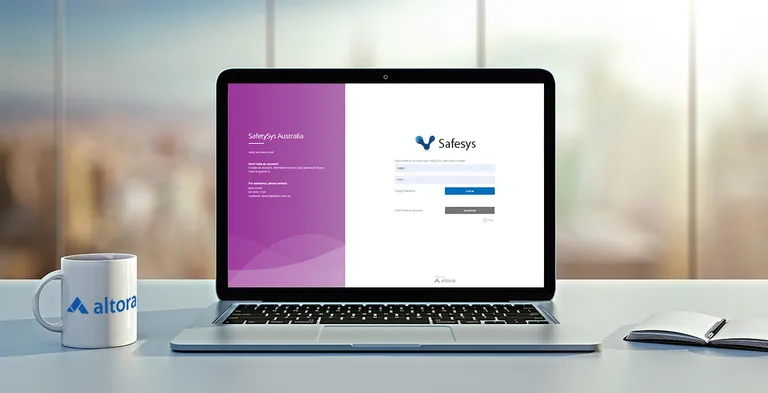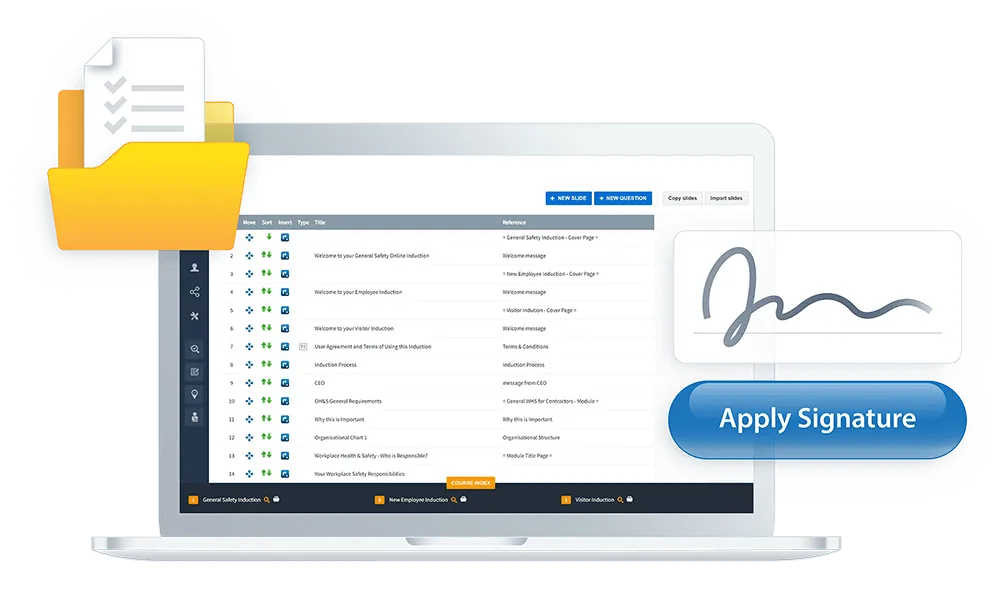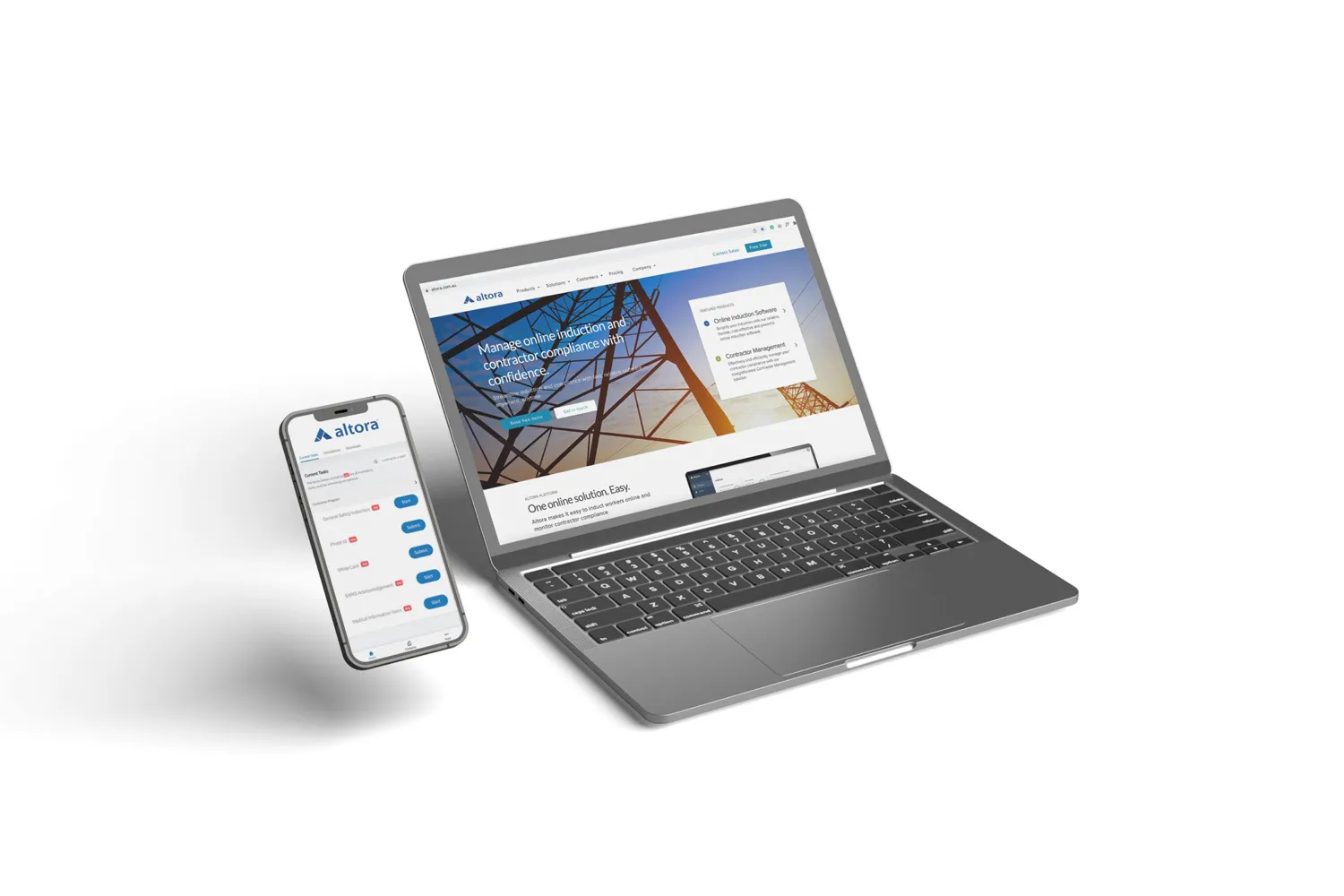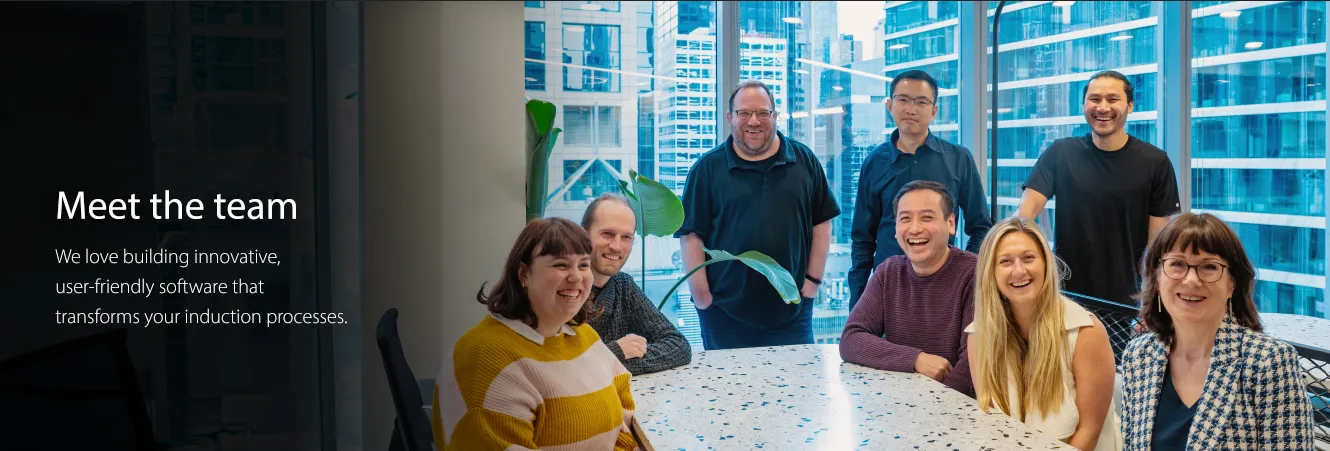From Paper to Pixels: How to Transition to a Digital Onboarding Experience
Grace Clueit 3 min readEmployee onboarding has particularly benefited from technological advancements. We can finally remove stressful and arduous paper-based processes and implement efficient, user-friendly and productivity enhancing systems.

So, you’ve decided to take the leap to a digital onboarding system?
Technology is the answer to optimising workplace efficiency, and it’s important not to get left behind. The organisations that thrive are the ones that capitalise on technology and embrace efficiency.
Employee onboarding has particularly benefited from technological advancements. We can finally remove stressful and arduous paper-based processes and implement efficient, user-friendly and productivity enhancing systems.
Transitioning your organisation into the digital world may pose some obstacles, but we can guarantee it will be worth it in the long run.
Top tips for a successful paper to pixel transition:
Assess your current processes First things first, it’s important to assess what you’re currently doing at your company. There’s no point looking for a new system until you’ve outlined what onboarding processes your organisation follows, and what you’ll need the system to do for you.
 Outline processes such as training, documentation, software and budgets. Interview stakeholders and employees to gather their gripes and feedback. Map and identify gaps, inefficiencies and also successful processes.
Outline processes such as training, documentation, software and budgets. Interview stakeholders and employees to gather their gripes and feedback. Map and identify gaps, inefficiencies and also successful processes.
Choose the right digital onboarding platform There are many digital onboarding systems within the market and it’s important to find the one that suits your organisation best. A user-friendly platform is arguably the most important factor, along with customisable workflows, a sustainable pricing model and a dedicated support team.
Establish what features you need the system to have, for example, an Induction System, Contractor Management or Sign-In System, or all three!
Ask for a demo from organisations so you can see the product in action. Read client reviews, case studies and testimonials, and ask for a free trial.
Customise and tailor workflows
Customising and tailoring your organisational workflows is going to be an absolute weight off your shoulders. Be sure to take advantage of this feature - set up your workflows to cover off and automate any manual and repetitive tasks. Once they’re set up they can stay there if you wish, saving you an abundance of time and administration.
 Provide training and support Changes to company processes can often be met with some internal resistance, so a thorough, comprehensive training and support process is vital for a smooth transition. Ensure all administrators and workers are trained properly on how to use the system.
Provide training and support Changes to company processes can often be met with some internal resistance, so a thorough, comprehensive training and support process is vital for a smooth transition. Ensure all administrators and workers are trained properly on how to use the system.
Monitor and evaluate
It’s important to monitor and evaluate how successful the new platform has been. The more efficient you make your processes the easier you will find it to spot inefficiencies in the future. When this happens, be sure to flag any missing tools or add-ons within your platform to your system manager to keep your onboarding constantly evolving and improving.
Measure the profitability and productivity increases from moving to digital, along with employee satisfaction levels and administrative workload reduction.
Ready to go from paper to digital onboarding? Our Product Specialist Hamish Horvath would be delighted to assist you with a demo of our software and a free trial. Contact Altora today.
Contact Altora  This article was written by Nicole, Altora’s Client Support Consultant. Nicole has significant experience in helping clients go from paper to pixels and transitioning organisations to a digital onboarding system. Outside of work, Nicole loves exploring new cultures and places, and getting stuck into some arts and crafts.
This article was written by Nicole, Altora’s Client Support Consultant. Nicole has significant experience in helping clients go from paper to pixels and transitioning organisations to a digital onboarding system. Outside of work, Nicole loves exploring new cultures and places, and getting stuck into some arts and crafts.
This content was 100% human-created.

This article was written by Grace Clueit, Altora’s Marketing Manager. Grace has significant experience in marketing and writing.
This content was 100% human-created.